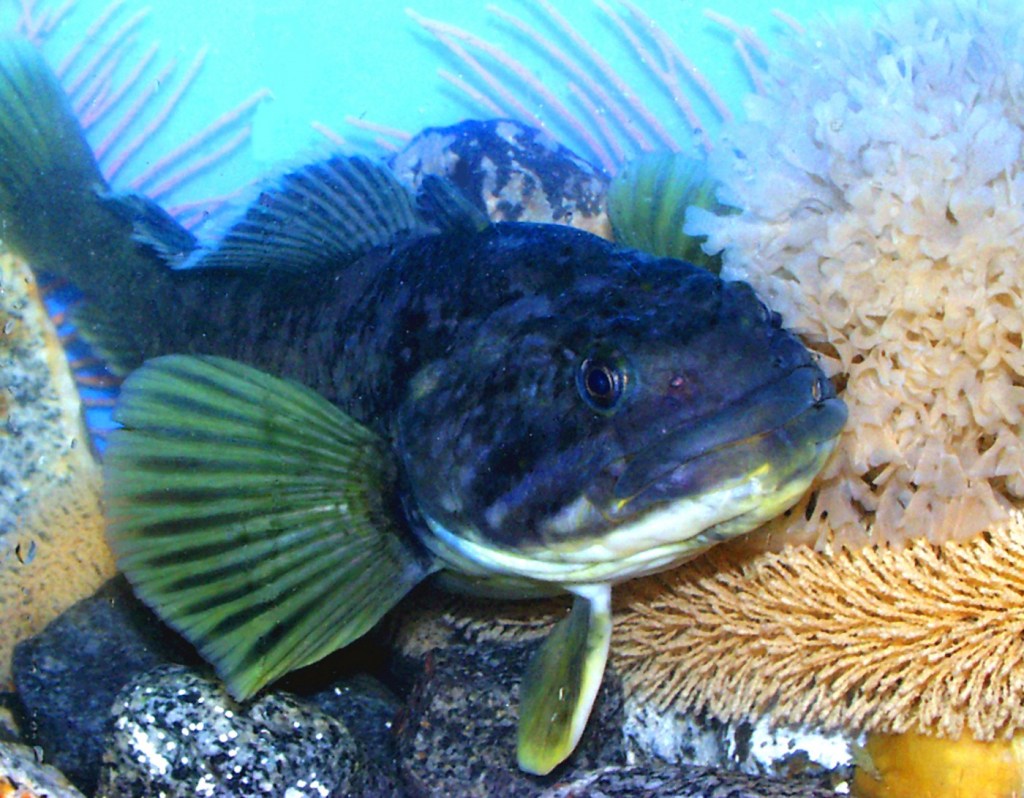First genome of an Antarctic notothenioid fish sequenced

Northeastern professor H. William Detrich is part of an international research team that has sequenced the first genome of an Antarctic notothenioid fish. The breakthrough, he said, will shed light on the animal’s unique evolutionary adaptation to freezing waters and will help reveal how the fish will respond to rising water temperatures projected over the next two centuries due to climate change.
Detrich, a professor of marine molecular biology and biochemistry at Northeastern’s Marine Science Center, collaborated with researchers at several institutions in South Korea and Australia as well as in Oregon. Their work was published recently in the journal Genome Biology.
Detrich, who co-authored the paper, noted that the notothenioid fishes, a group of approximately 100 species, have adapted over the past 40 million years to Antarctic Ocean water temperatures that dropped by more than 20 degree Celsius to the freezing point of seawater. While many other fish species fled to warmer waters, the notothenioids remained behind. With less competition for food, the group’s population and number of species grew, a process referred to as adaptive radiation.
By sequencing the genome of the Antarctic Bullhead notothen, the researchers found that the notothenioids adapted to freezing waters in part through changes to many proteins that function in mitochondria, the power plants of cells. Previously described evolutionary phenomena, including the acquisition of genes that produce protein antifreezes to prevent body fluids from freezing, were also confirmed in the genome.
“We’re providing the first global snapshot into the changes in notothenioid fish genomes that allowed the group to successfully exploit its environment,” Detrich said. “The genome is like a time capsule that records the evolutionary events associated with cold adaptation.”
Detrich has been traveling to Palmer Station in Antarctica for the past 30 years to study the cold-loving notothenioids. He recently collected 162 tissue samples from at least 10 different species of notothenioid fish that will be added to the Ocean Genome Legacy, a public and rare biorepository of DNA samples from marine life. The OGL re-located last year to Northeastern’s Marine Science Center, and these new samples will significantly bolster the OGL’s collection of Antarctic fish DNA samples for marine scientists to access.

Professor H. William Detrich, right, has been working at Palmer Station in Antarctica for many years. Here, he’s seen with his former Northeastern co-op student Corey Allard, S’12. Photo courtesy of William Detrich.
The next step is to sequence more notothenioid fish genomes so that comparisons can be made between different species to understand how they adapted to different niches in their environmental, Detrich said. For example, some notothenioid species have evolved skeletons that are calcium-poor, which makes them lighter and enables them to swim easily throughout the water column in search of food, whereas others have retained heavy skeletons and feed primarily near the seafloor. By comparing genomes from light and heavy species, researchers might be able to understand the process leading to reduced bone mineralization, which could potentially inform the development of therapeutics for humans with osteoporosis, he said.
The icefishes, a subgroup of the notothenioids, have also lost the capacity to make the oxygen-transporting protein hemoglobin as well as the red blood cells that carry hemoglobin through the circulation. Comparing icefish genomes to those of their red-blooded relatives should reveal how this fascinating “adaptation” occurred and perhaps lead to new treatments for human anemias, he said.
This work, Detrich said, can also shed light on how the notothenioids might adapt to rising water temperatures due to climate change; current projections indicate a 2-5 degree Celsius increase over the next two centuries.
“The first question is, can they do it based on the genetic contents of their current genomes? The second is whether evolution can act over such a short time period to restore their ability to live at unnaturally warm temperatures,” Detrich said.
While understanding the fish’s genome will help the researchers answer these questions with greater certainty, Detrich said the notothenioids face an uphill battle. For one, they will have a much shorter time period to adjust to a warming ocean than they had to adapt to freezing waters. In addition, the hemoglobinless icefishes will undoubtedly be challenged as they deal with the lower oxygen levels that come with rising ocean temperatures. Can they do it?
The Korea Polar Research Institute, the U.S. National Institutes of Health, and the U.S. National Science Foundation supported this research.

Professor Bill Detrich (second from left) hands off hundreds of fish samples from his most recent research expedition in Antarctica – including several species of the “white-blooded” icefishes that he has studied for three decades – to Ocean Genome Legacy Director Dan Distel (second from right). They are flanked by Marine Science Center Director Geoff Trussell (left) as well as Cedric Hill (right), a research technician at OGL who will process the samples. Photo courtesy of Carole McCauley.





